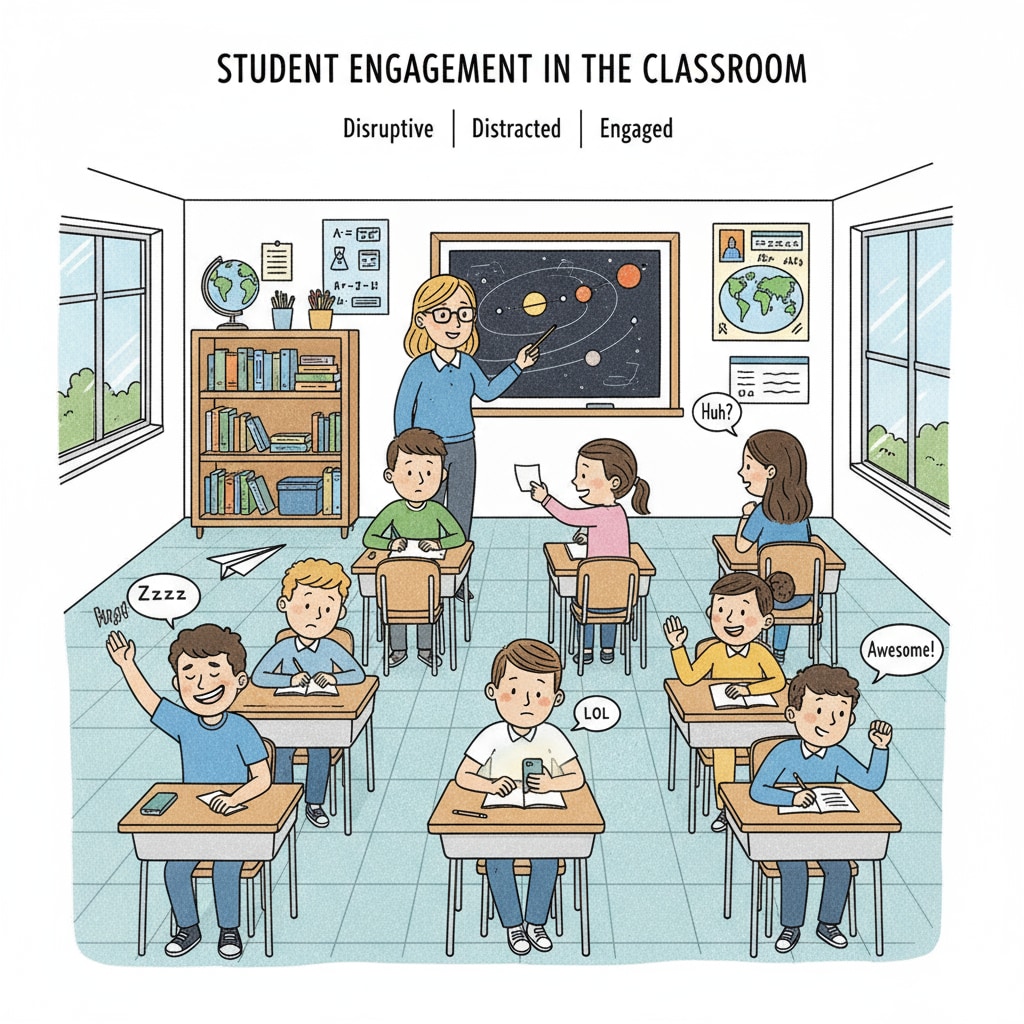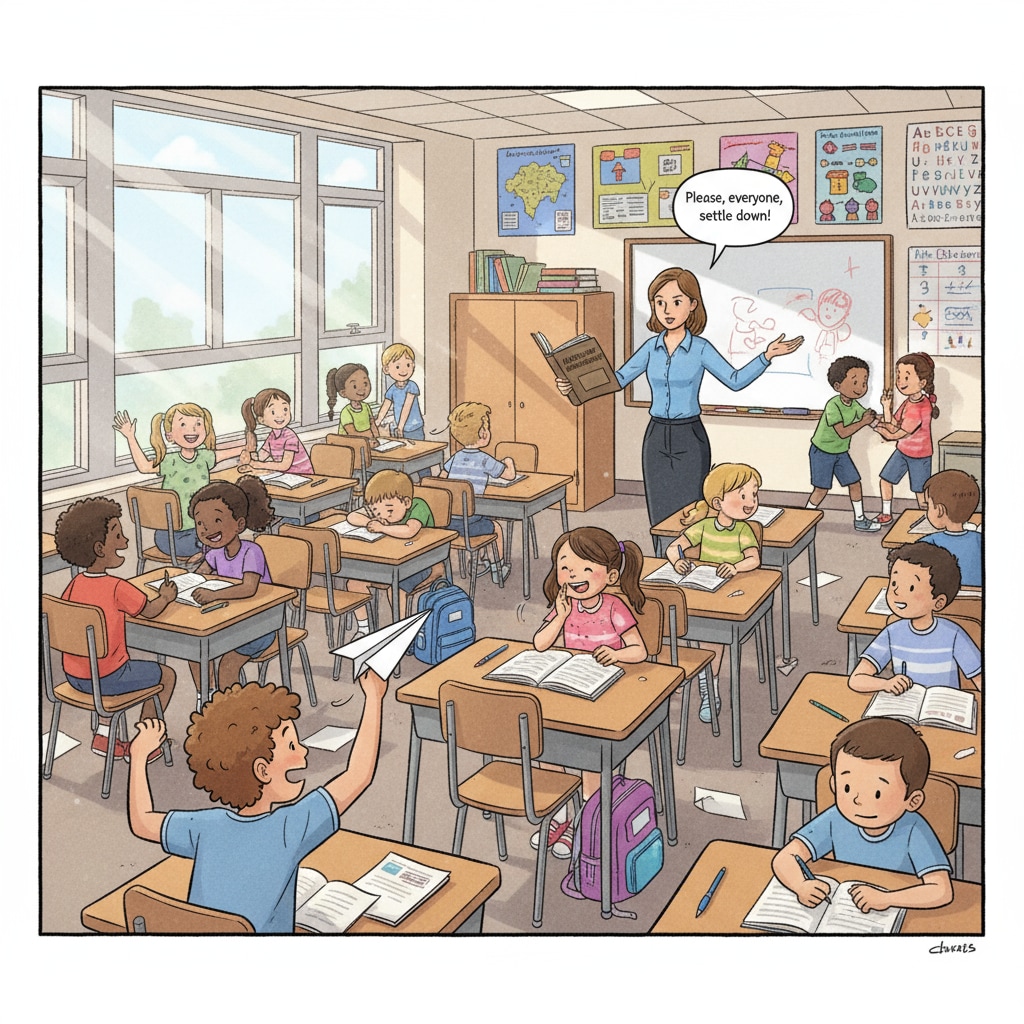The education system, behavioral issues, regular classes, special education, and learning environment are intertwined in a complex web that is currently harming the average students. In today’s educational landscape, the push for surface metrics is causing a silent crisis for the majority of students who fall into the middle range academically.

The Shift in Regular Class Dynamics
Regular classes have unfortunately become de facto places for students with behavioral issues. This is not by design but a result of the system’s focus on maintaining certain indicators. For example, schools may be more concerned with overall graduation rates and standardized test scores at the expense of the daily learning environment. As a result, students with behavioral problems, who might need more specialized attention, are placed in regular classes. This overcrowds the learning space and disrupts the educational flow for average students. According to Education Week, the lack of proper placement for these students is a growing concern across the nation.

The Impact on Learning Quality
The presence of students with behavioral issues in regular classes has a direct impact on the learning quality for average students. Teachers often find themselves spending more time on behavior management rather than delivering quality instruction. In addition, the curriculum pace may be slowed down to accommodate the needs of students with behavioral problems, leaving average students underchallenged. Britannica’s article on education highlights how a disrupted learning environment can impede the progress of students who are neither at the top nor at the bottom of the academic spectrum.
Furthermore, the lack of a focused learning environment can also affect the motivation of average students. They may start to disengage from the learning process, seeing their educational experience being overshadowed by the behavioral issues in the class.
Readability guidance: The key points here are the shift in class dynamics and the resulting impact on learning quality. These are important aspects of how the education system is sacrificing the learning environment of average students. Transition words like ‘for example’ and ‘in addition’ help to connect ideas and make the text more coherent.


